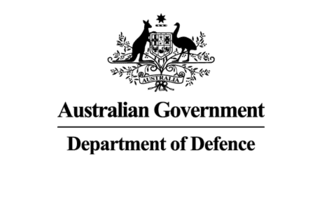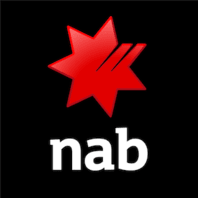

course overview
Overview
This three day event introduce delegates to effective project planning and control. Effective planning and control requires an understanding of a clear project definition, supported by a robust approach to planning the project. This, in turn requires the selection and use of appropriate scheduling techniques which are supported by rigorous monitoring for effective proactive control.
Audience
Delegates will learn and understand:
Outline
A sound basis for effective record keeping will facilitate the understanding of lessons learned which supports continuous improvement, thus adding value to organisational aspirations and objectives.
The course will cover the following syllabus areas:
DEFINITION (DE)
Delegates are introduced to the world of projects and capital expenditure. The following key areas are covered:
PLANNING (PL)
The following areas will be discussed:
SCHEDULING (SC) SCHEDULING (SC)
MONITOR AND CONTROL (MC)
Characteristics of Variance Analysis Methods of Progress Monitor
If you need training for 3 or more people, you should ask us about onsite training. Putting aside the obvious location benefit, content can be customised to better meet your business objectives and more can be covered than in a public classroom. Its a cost effective option. One on one training can be delivered too, at reasonable rates.
Submit an enquiry from any page on this site, and let us know you are interested in the requirements box, or simply mention it when we contact you.
All $ prices are in USD unless it’s a NZ or AU date
SPVC = Self Paced Virtual Class
LVC = Live Virtual Class
Our clients have included prestigious national organisations such as Oxford University Press, multi-national private corporations such as JP Morgan and HSBC, as well as public sector institutions such as the Department of Defence and the Department of Health.












